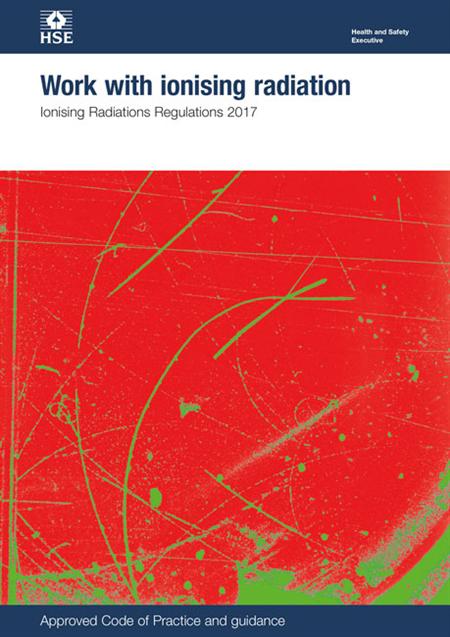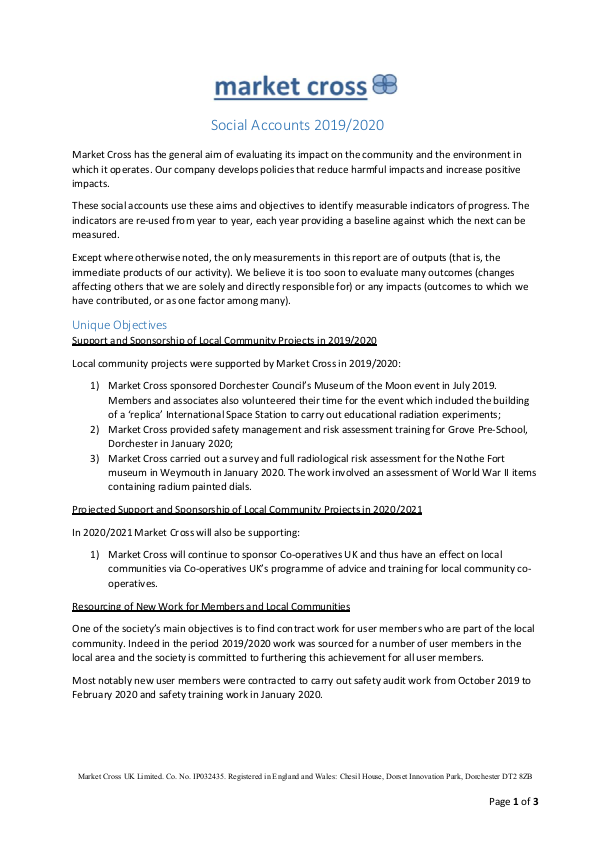Radiation Protection Supervisors
An RPS should receive appropriate training under regulation 15 of the Ionising Radiations Regulations 2017 (see below). Such training ensures that the work is supervised competently. Accordingly, the nature and complexity of the work being undertaken should be reflected in a good RPS training course, presented by a certificated Radiation Protection Adviser. The RPA can be either in-house or an independent RPA course tutor (an example here).
IRR17 states that a suitable RPS should:
1. Understand the requirements of the Regulations and local rules relevant to the work with ionising radiation;
2. Command sufficient authority from the people doing the work to allow them to supervise the radiation protection aspects of that work;
3. Understand the necessary precautions to be taken and the extent to which these precautions will restrict exposures; and
4. Know what to do in an emergency.
Of course, certain other qualities are also important such as effective communication and respectful co-operation.
Regulations
IRR17 stands for the Ionising Radiations Regulations 2017. The regulations ensure the safety of individuals exposed to ionising radiations at work. For example, this would be work with radioactive materials or radiation generators. The regulations specify that a Radiation Protection Supervisor (RPS) be trained and formally appointed. The regulations also specify that local rules must be drawn up and anyone appointed to the role of RPS must be suitable for the role.
Local Rules
Local Rules set out the arrangements for restricting exposure in a particular area. Accordingly, this is for radiologically designated areas. Furthermore, the RPS is responsible for helping to ensure that Local Rules are followed in each area. Local Rules can vary considerably in detail and format, depending on the complexity of the work with ionising radiation. Local rules can include instructions, booklets or circulars, but should always contain certain key information.
1. The dose investigation level specified for the purposes of regulation 9(8);
2. Identification or summary of any contingency arrangements indicating the reasonably foreseeable accidents to which they relate (regulation 13(2));
3. The name(s) of the appointed RPS(s) (regulation 18(5));
4. The identification and description of the area covered, with details of its designation (regulation 19(1));
5. A summary of the working instructions appropriate to the radiological risk associated with the source and operations involved. As such, this includes the written arrangements relating to non-classified persons entering or working in controlled areas (regulation 19(3));
6. Where an employer has detailed written working instructions contained within operations manuals or work protocols, it will usually be sufficient for the local rules to refer to the relevant sections of these documents. However, the employer must ensure the way in which these instructions are summarised in the local rules is adequate for the purposes of regulation 18.